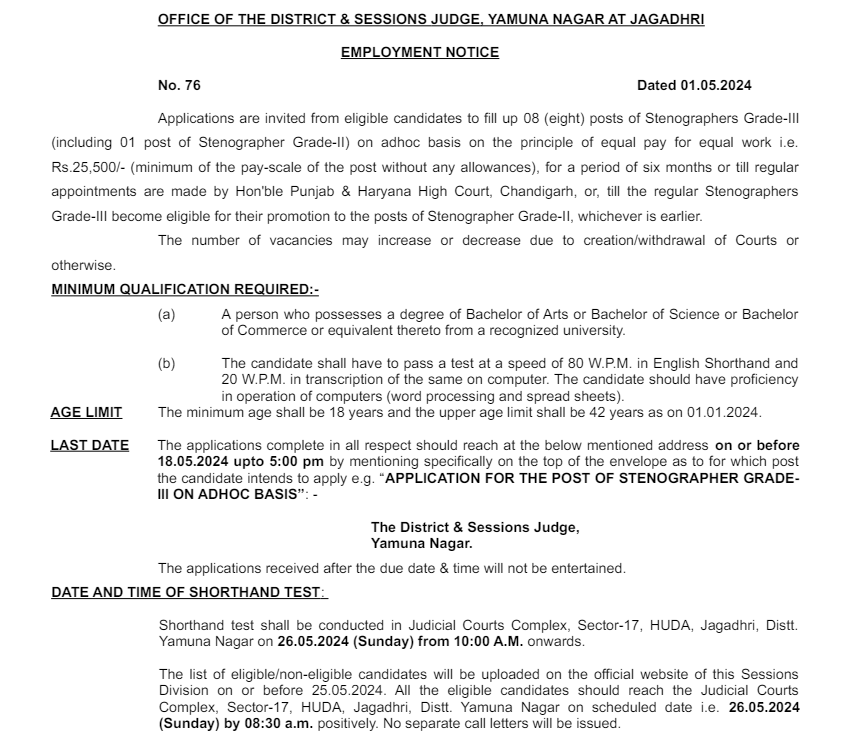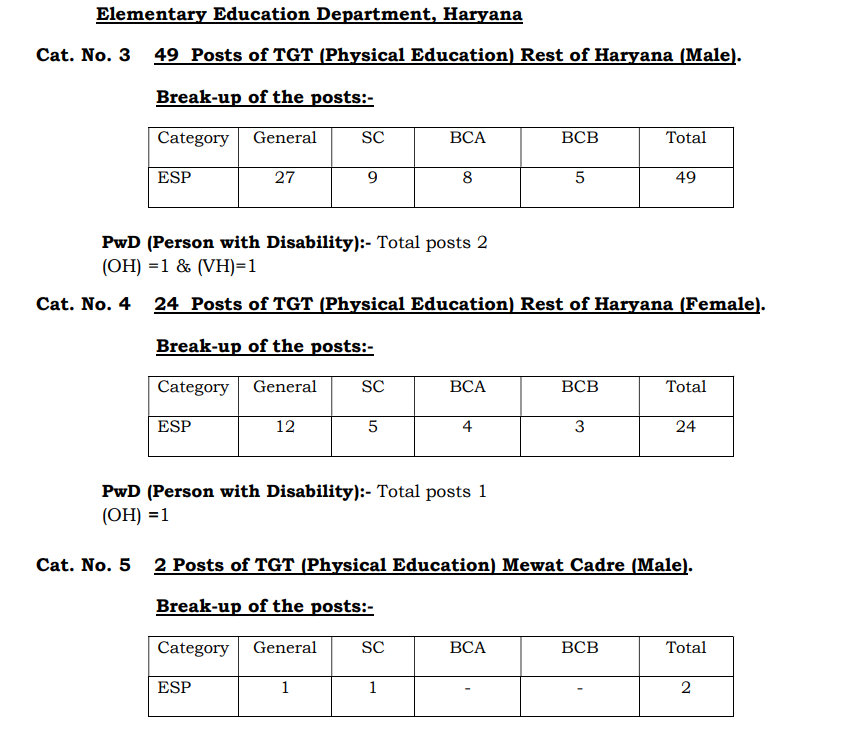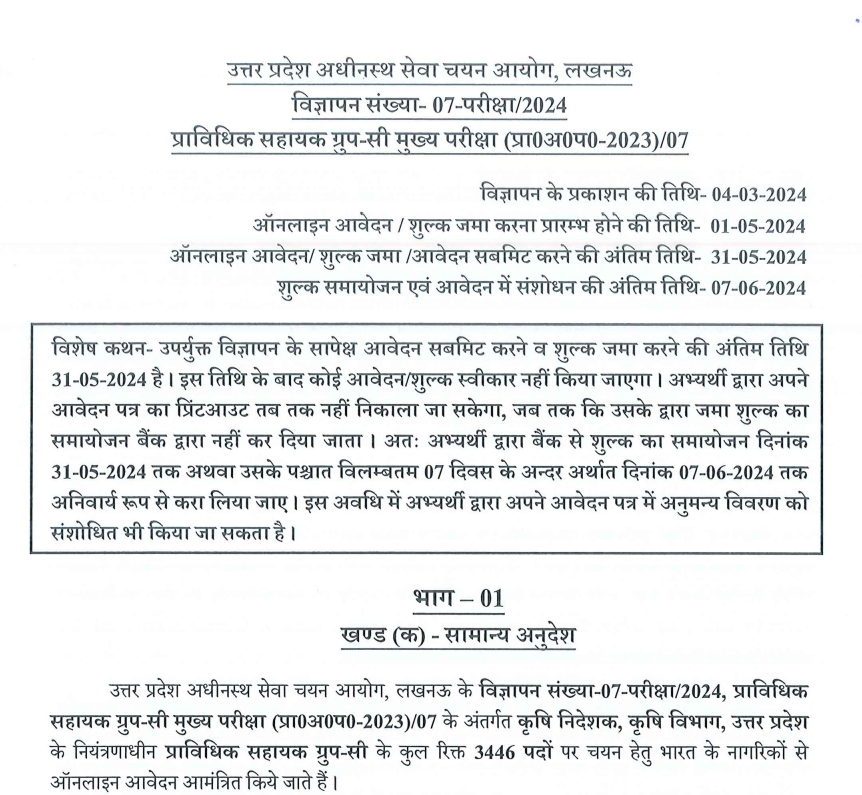Engineering Mechanics MCQ Part 1

Category –CE Online Test
Telegram-Join Us On Telegram
Attempt Free Engineering Mechanics MCQ Part 1 Here. Read The Important Civil MCQ From Below.
Q1. Rankine’s theory of earth pressure assumes that the back of the wall is
A. plane and smooth
B. plane and rough
C. vertical and smooth
D. vertical and rough
Answer : C
Q2. The coefficient of active earth pressure for a loose sand having an angle of internal friction of 30° is
A. 1/3
B. 3
C. 1
D. 1/2
Answer : A
Engineering Mechanics MCQ Part 1
Q3. The major principal stress in an element of cohesionless soil within the backfill of a retaining wall is
A. vertical if the soil is in an active state of plastic equilibrium
B. vertical if the soil is in a passive state of plastic equilibrium
C. inclined at 45° to the vertical plane
D. none of the above
Answer : A
Q4. The effect of cohesion on a soil is to
A. reduce both the active earth pressure intensity and passive earth pressure intensity
B. increase both the active earth pressure intensity and passive earth pressure intensity
C. reduce the active earth pressure in-tensity but to increase the passive earth pressure intensity
D. increase the active earth pressure in-tensity but to reduce the passive earth pressure intensity [GATE 99]
Answer : C
Q5. A retaining wall 6m high supports a backfill with a surcharge angle of 10°. The back of the wall is inclined to the vertical at a positive batter angle of 5°. If the angle of wall friction is 7°, then the resultant active earth pressure will act at a distance of 2 m above the base and inclined to the horizontal at an angle of
A. 7°
B. 10°
C. 12°
D. 17°
Answer : C
Engineering Mechanics MCQ Part 1
Q6. Coefficient of earth pressure at rest is
A. less than active earth pressure but greater than passive earth pressure
B. greater than active earth pressure but less than passive earth pressure
C. greater than both the active earth pressure and passive earth pressure
D. less than both the active and passive earth pressures
Answer : B
Q7. Bishop’s method of stability analysis
A. is more conservative
B. neglects the effect of forces acting on the sides of the slices
C. assumes the slip surface as an arc of a circle
D. all of the above
Answer : C
Engineering Mechanics MCQ Part 1
Q8. Allowable bearing pressure for a founda¬tion depends upon
A. allowable settlement only
B. ultimate bearing capacity of soil only
C. both allowable settlement and ultimate bearing capacity
D. none of above
Answer : C
Engineering Mechanics MCQ Part 1
Q9. The rise of water table below the foundation influences the bearing capacity of soil mainly by reducing
A. cohesion and effective angle of shearing resistance
B. cohesion and effective unit weight of soil
C. effective unit weight of soil and effective angle of shearing resistance
D. effective angle of shearing resistance
Answer : B
Q10. Terzaghi’s bearing capacity factors Nc, Nq and Nr are functions of
A. cohesion only
B. angle of internal friction only
C. both cohesion and angle of internal friction
D. none of the above
Answer : B
Q11. In the plate loading test for determining the bearing capacity of soil, the size of square bearing plate should be
A. less than 300 mm
B. between 300 mm and 750 mm
C. between 750 mm and 1 m
D. greater than 1 m
Answer : B
Engineering Mechanics MCQ Part 1
Q12. Select the incorrect statement.
A. Bearing capacity of a soil depends upon the amount and direction of load.
B. Bearing capacity of a soil depends on the type of soil.
C. Bearing capacity of a soil depends upon shape and size of footing.
D. Bearing capacity of a soil is indepen-dent of rate of loading.
Answer : A
Q13. A 600 mm square bearing plate settles by 15 mm in plate load test on a cohesionless soil under an intensity of loading of 0.2 N/ram2. The settlement of a prototype shallow footing 1 m square under the same intensity of loading is
A. 15 mm
B. between 15 mm and 25 mm
C. 25 mm
D. greater than 25 mm
Answer : B
Engineering Mechanics MCQ Part 1
Q14. A 300 mm square bearing plate settles by 15 mm in a plate load test on a cohesive soil when the intensity of loading is 0.2 N/mm2. The settlement of a prototype shallow footing 1 m square under the same intensity of loading is
A. 15 mm
B. 30 mm
C. 50 mm
D. 167 mm
Answer : C
Q15. Rise of water table in cohesionless soils upto ground surface reduces the net ultimate bearing capacity approximately by
A. 25%
B. 50%
C. 75%
D. 90%
Answer : B
Engineering Mechanics MCQ Part 1














